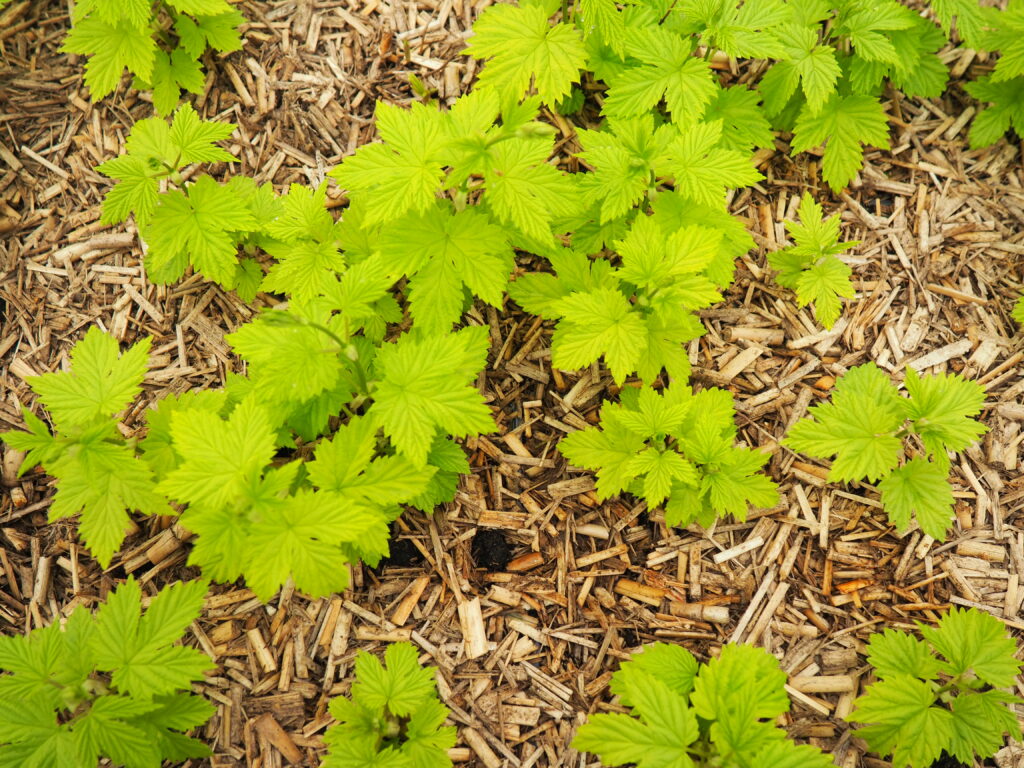The world of beer has been changing for ten years in France and around the world. A combination of various factors has enabled the emergence of the craft breweries that mesh the country today: The relatively limited aromatic palette of beers sold in historic outlets (supermarkets, CHR), the local trend, the return to favor of craftsmanship, were fertile ground for a revolution to come.
The trigger was certainly the creation of a variety of hops. Today essential, king grape variety of hopped beers: Cascade.

In an attempt to reinvigorate the American beer industry after Prohibition, the US government created the Hop Breeding Program. In 1935, when the “Cluster” variety represented 90% of cultivated areas, mildew was gaining ground each year. The objective of the research program was to develop a variety resistant to diseases, and offering good yields.
They got served
The Cascade variety gives an average of 1.9 tonnes of dried flowers per hectare, compared to 1.3 tonnes for a Golding, 1.4 tonnes for Mount Hood…
The variety is more resistant to downy mildew, powdery mildew, and verticillium, three diseases/viruses that ravaged European and American hop fields at that time.
Developed by the USDA(United States Department of Agriculture at Oregon State University from different crosses: [Fugglex (Serebrianka-Fuggle)] x wild male collected in the USA in 1955.
The Cascade variety was first marketed in 1974. It was introduced to hop growers in Oregon and Washington from the same year, without much success at first: shunned by American brewers, this variety found its attentive palate in the person of Fritz Maytag who used it in the “Liberty Ale” in 1975, thus releasing the resinous aromas, of typical citrus fruits, and hitherto unknown in a beer, the Liberty Ale became the paragon of the American Pale Ale, and the starting point of a great adventure.

Today it is used in most Pale Ale and IPA style beers (West Coast IPA, American Pale Ale, East Coast IPA…). The variety reached up to 17% of cultivated areas in the USA, and was the third variety in area.
This variety with unique characteristics produced offspring: Australian Cascade, English Cascade, Argentina Cascade, Spanich cascade, French Cascade. They are variations of the same mother plant, each developing its own characteristics, resulting from an infinity of pedo-climatic and geological factors, which can be summed up in the word “terroir”. This notion is well explored by Alexandra Berry in her excellent book “From Earth to Beer”.
It is quite well known that the Cascade produced in our regions, with very different climatic conditions from the American northwest, offers more or less resinous and fruity aromas, more or less spicy, depending on whether it is from Flanders or Provence.
After the work of Professor Salomon of Wye College at the beginning of the 20th century, from which the varieties Brewers Gold, Northern Brewer, Bramling Cross, Bullion, Galena were derived, all crossed from the same wild hop plant collected in the 10s in the province of Manitoba (Canada), the arrival of the Cascade opened a new door in hop genetics:
Varieties from the cascade: Pilgrim (UK), Santiam(US), Mistral (FR), Lemondrop™(US), Mandarina Bavaria (DE), Cashmere(US), Jester®(UK), Hallertau Blanc (DE).

Growing Cascade in France
A Farmer looking for the ideal variety will often base his choice on 3 main criteria:
It’s simple: the Cascade variety ticks all three boxes, making it an essential variety for a hop producer in France.
We sell bare roots and pots of the Cascade variety to individuals and professionals, who can benefit from decreasing prices depending on the quantity ordered.